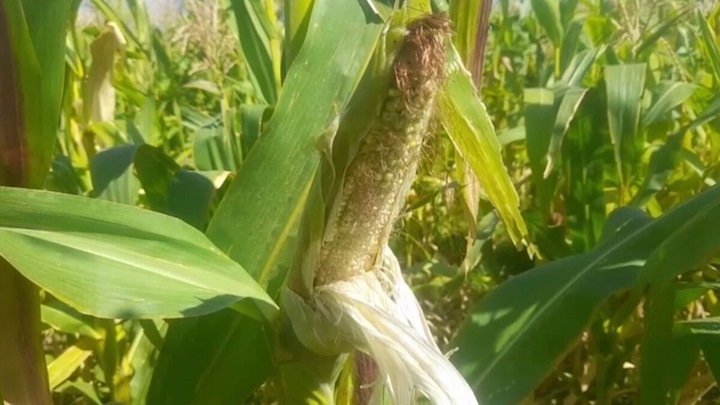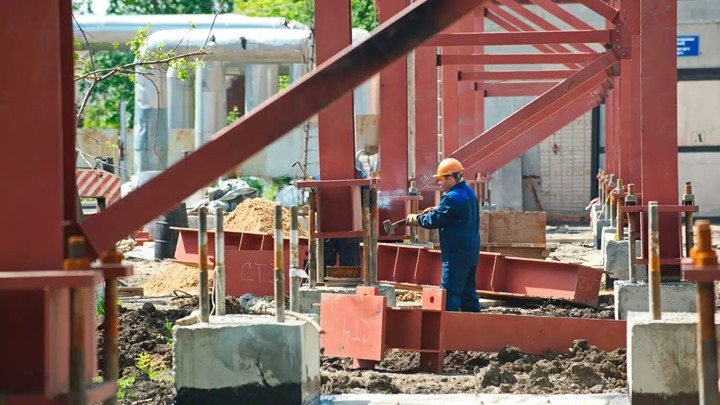355 dams and reservoirs are under construction in Afghanistan
The Office of the Deputy Prime Minister of Afghanistan for Economic Affairs reported that plans for the construction of 355 reservoirs across the country are underway. According to the statement, of the 355 dams, some have already been completed and put into operation, and some are under construction.

Of these reservoirs, 138 are being built by the Ministry of Agriculture, Irrigation and Livestock, 117 by the Ministry of Water Resources and Energy, and 100 by the Ministry of Rehabilitation and Rural Development. All dams are financed by the Islamic Emirate of Afghanistan from its own funds, the statement said.
Reservoirs are being built in many provinces of Afghanistan to collect rainwater, prevent floods, strengthen the groundwater level and for the needs of the local population.

However, farmers from Herat province say that this year’s corn harvest has suffered greatly due to lack of water and chemical fertilizers, and many fields have produced low yields.
Farmers are calling on humanitarian organizations to help solve these problems.
“Our cornfields have dried up because we didn’t have any water this year, and all our wells have dried up too,” says Abdul Karim, a farmer from Herat.
Abdul Sattar, another farmer, echoes him: “There was no water this year, and all our fields died. This year we experienced great difficulties due to water problems.”
The peasants add that the lack of irrigation dams exacerbates the problem: hundreds of cubic meters of rainwater are lost annually.
“If dams are built, these problems will be solved. The drought will decrease, and our harvests will give good results,” farmer Mullah Dad is sure.
Despite significant rainfall at the beginning of the year in the western region, including Herat, the lack of infrastructure for water storage has led to the fact that farmers have difficulty meeting their irrigation needs. In July, the UN Food and Agriculture Organization named the drought as the main problem facing Afghanistan’s agricultural sector, describing it as “a devastating force for agriculture around the world.”


